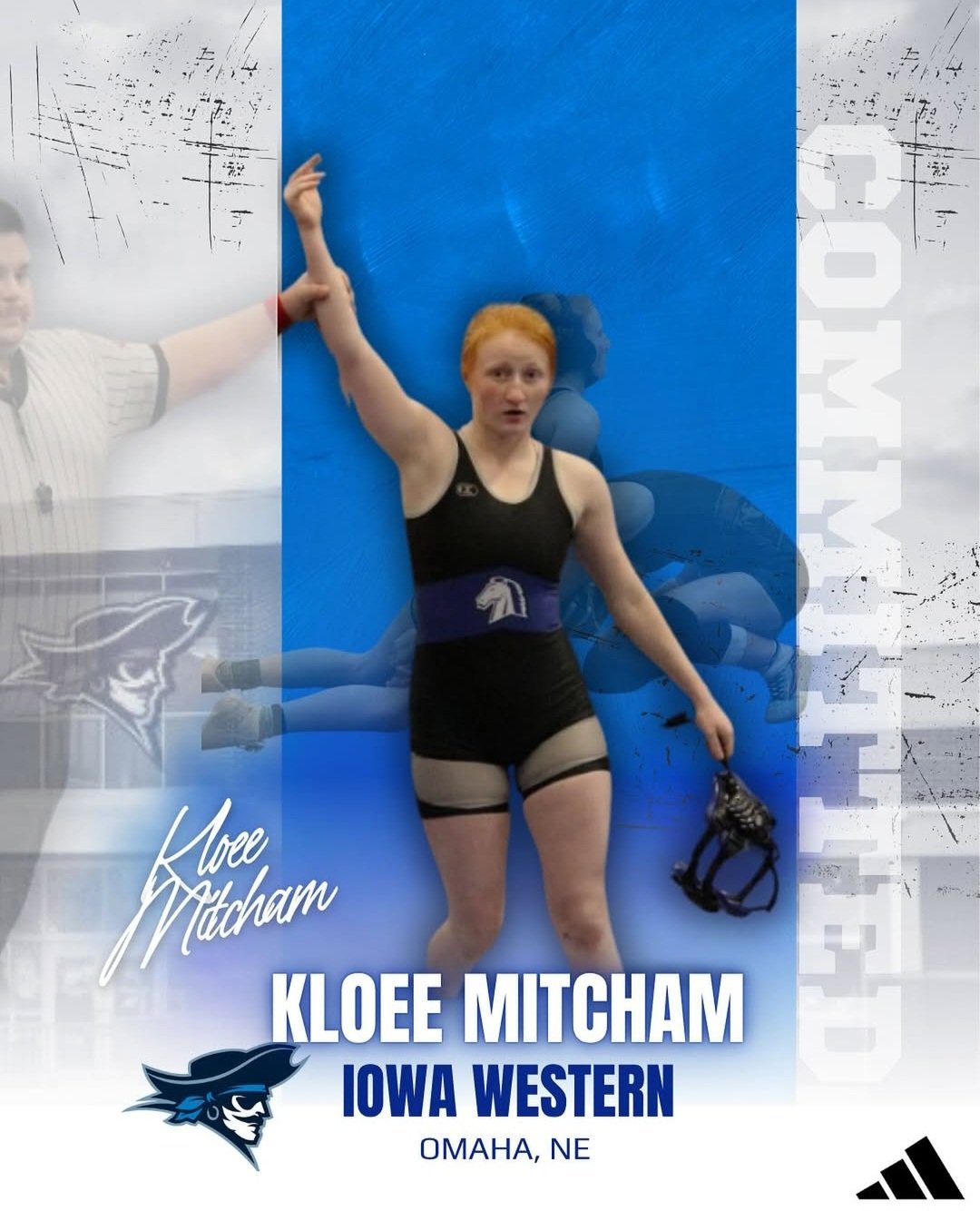Should wrestling from your knees be stalling?
-
Latest Rankings
-
Updated
-
Updated
-
Updated
-
Updated
-
-
College Commitments
Julia Donnelly
Washington via Grand View, Missouri
Class of 2025
Committed to Adams State (Women)
Projected Weight: 117
Lilyana Lamothe
White River, Washington
Class of 2025
Committed to Adams State (Women)
Projected Weight: 131
Vaida Uskilith-Karaja
Bark River-Harris, Michigan
Class of 2025
Committed to Iowa Western (Women)
Projected Weight: 138
Kloee Mitcham
Millard North, Nebraska
Class of 2025
Committed to Iowa Western (Women)
Projected Weight: 124, 131







Recommended Posts
Create an account or sign in to comment
You need to be a member in order to leave a comment
Create an account
Sign up for a new account in our community. It's easy!
Register a new accountSign in
Already have an account? Sign in here.
Sign In Now